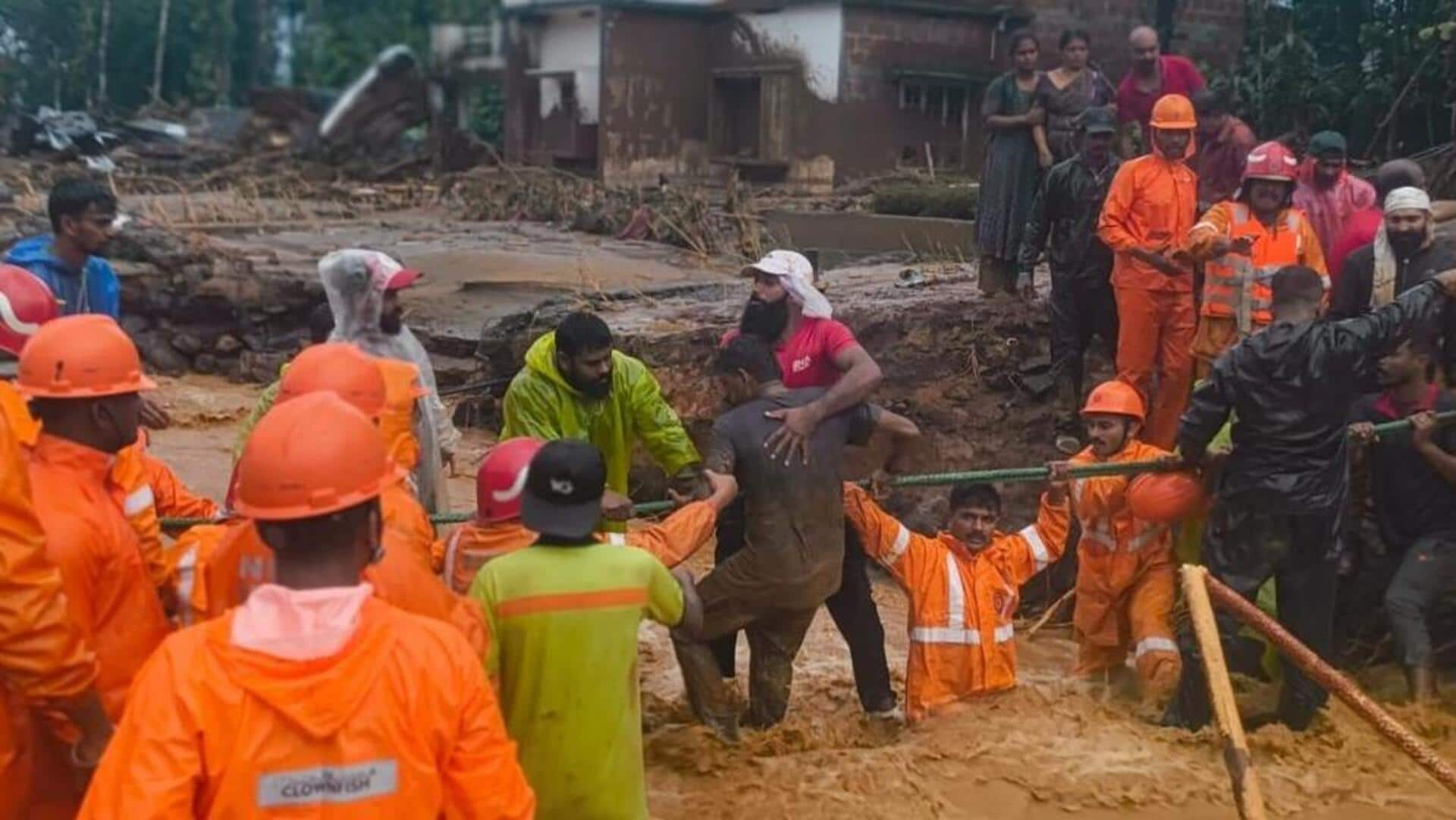
What IIT Delhi's landslide risk map revealed about Wayanad
What's the story
Just a few months before the massive landslides hit Kerala's Wayanad, a landslide susceptibility map created by the Indian Institute of Technology (IIT) Delhi indicated that 58.52% of the district was classified as having "high to very high" risk.
Isolated villages, including Mundakkai, Chooralmala, Attamala, and Noolpuzha, experienced landslides on Tuesday morning.
According to the map, these areas were mostly categorized as "medium" to "very high" risk, highlighting a persistent danger.
Warning ignored
IIT Delhi's landslide susceptibility map predicted risk
IIT Delhi developed India's first high-resolution landslide susceptibility map in January.
The data for this map was gathered from known landslides across the country and additional factors that increase an area's vulnerability to landslides.
Information was gathered on the factors that rendered an area suspectible to landslides, according to reports.
Rescue efforts
Rescue operations underway
Meanwhile, at least 70 people have been reported dead due to the series of landslides that hit Wayanad early on Tuesday morning.
The Indian Army has been deployed for rescue operations, with approximately 225 personnel on the ground, including medical staff.
Two helicopters from the Indian Air Force have also been dispatched to assist in the rescue efforts.
Weather warnings
Red alert in Kerala
The India Meteorological Department has issued a red alert for Wayanad and neighboring districts Malappuram, Kozhikode, and Kannur due to extremely heavy rainfall.
An orange alert has been issued for all other districts of Kerala except Thiruvananthapuram and Kollam.
A special control room has been set up at the police headquarters in Thiruvananthapuram to coordinate rescue efforts.